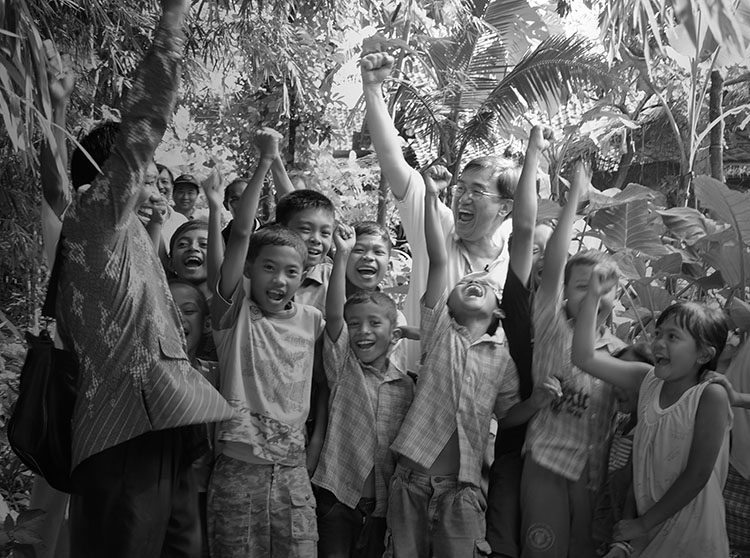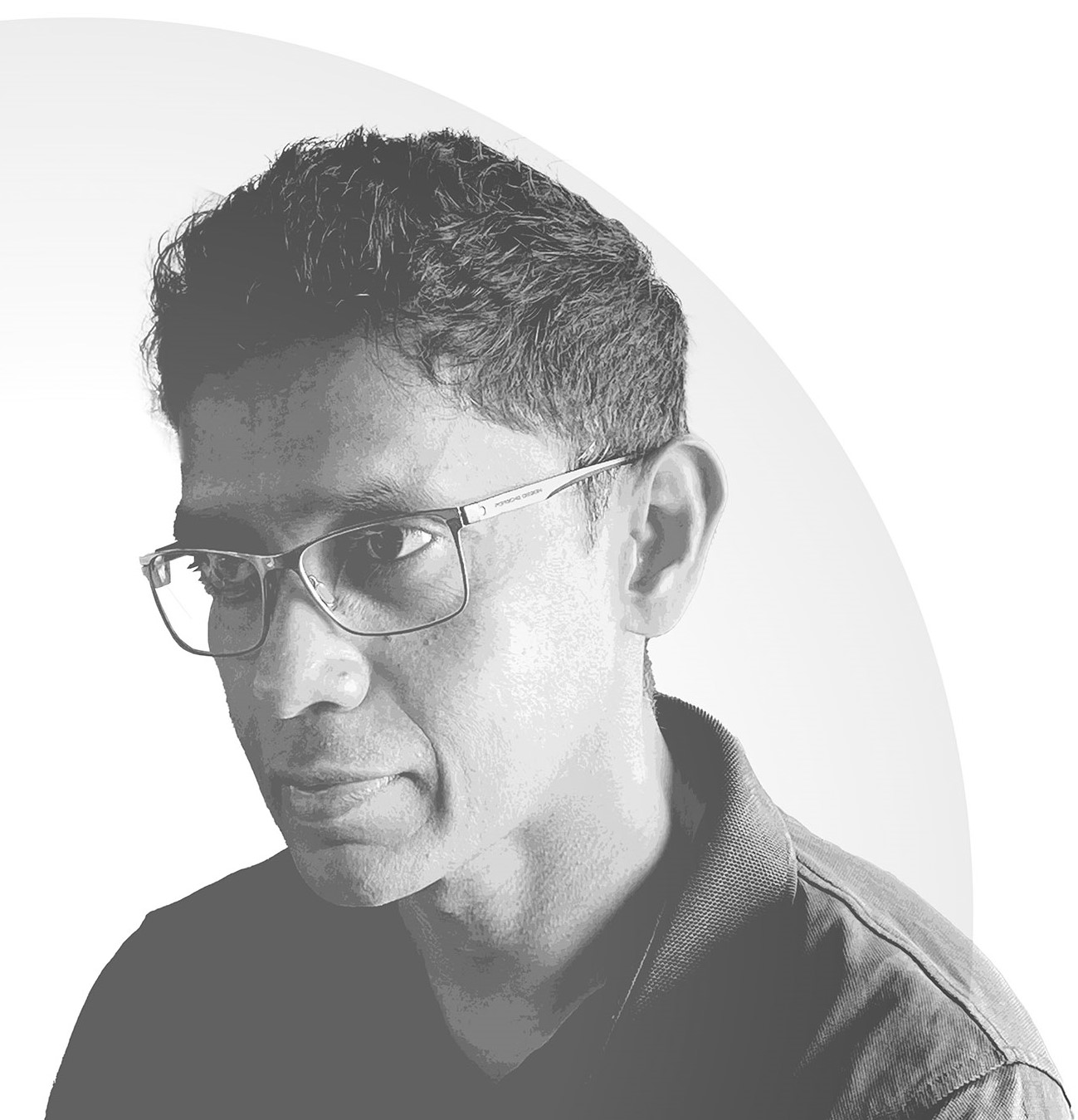Jack Sim
September 26, 2017
AD: You have a number of personal achievements related to water use: back in 2004, you won Singapore’s first Green Plan award; you’re an Asia Development Bank Water Champion; a council member with the World Economic Forum’s Global Agenda for Water Security; TIME magazine’s Hero of the Environment—what do you want Green architects and designers in Asia-Pacific to know about water?
JS: When you say architects, do you mean the people in the city or does it include everybody else, like the people who design houses for the villages and rural areas?
AD: I mean everybody—people designing big office buildings in the middle of towns, as well as people who are designing affordable housing or small village buildings as well.
JS: I think they need to know more about toilets. While water is quite a well-known subject, sanitation has been subsumed under the water agenda, and not spoken about as much. You put something ‘underwater’, it goes ‘underwater’! In the cities, you have sewers, but it’s only 20 percent of the entire world that have sewerage. So the vast majority of people might have toilets but not good sewage treatment. This means that a lot goes into the waterways, to the sea. If you want to design something, you have to design it as a closed loop. Otherwise, it comes back to haunt you in the form of a public health disaster, undrinkable water, or water that cannot be used for bathing or washing.
Ninety percent of all the surface water in India is contaminated by faeces—this is very poor design. And in Bangladesh, the entire waste water from the textile industries goes into the river, so you can’t do anything with the water anymore. I think that for designers, thinking about what happens after you flush is very critical. The other thing is designing an enjoyable place that people to want to use to relieve themselves—where people have a quality experience rather than just a utilitarian place that might be disgusting.
AD: Many low-income and/or so-called slum communities have come up with low-cost, truly Green solutions to sanitation problems. I’ve seen this happening, for example, in favela communities in Brazil. Have ideas like this had an influence on you? Has WTO been interested in or is able to leverage or improve upon ideas like this in your work around the world?
JS: Yes, actually there are a lot of very good proven ideas around the world. Every solution has already been found. The problem is that the solutions that exist are not widely disseminated. Part of this is the taboo around talking about toilets. So that’s why I am all about training people and making toilet knowledge fashionable. A lot of architects, designers and city planners don’t address toilets because it is more glamorous to address water. If you do water, you get your politicians a lot of votes. If you do toilets, they laugh at you—and the politician doesn’t want to be laughed at.
It’s like the toilet is the ugly duckling and the water is a swan, you see? Now it’s time for the ugly duckling to also be a swan! Toilets and sanitation need to be given equal treatment to water, because there is nothing that is unrelated to toilets. Whether it’s about architecture or environment or energy or design or production or manufacturing or financing or agriculture… the toilet is related to everything because it plays a part in an essential human function. It is something that you cannot choose not to do. You can choose not to go shopping to buy a new pair of shoes or you can choose to skip a meal today, but you cannot choose not to go to the toilet when you need to! You cannot say, okay, I will just take a toilet holiday for two days. You can’t.
AD: You’re very insistent that solutions to sanitation need to be market-based. Why is this? How or why does the market do better at promulgating these solutions than governments and non-profit exercises?
JS: Without the market, donations are never ever going to solve the problem. The business cycle of donations mostly ends up on the overheads of the NGOs. If the NGOs cannot survive because they are fighting for donations, then their focus on solving the problem becomes much less than the focus on paying their staff. So there is mission creep—the NGO moves from solving the problem to working for the survival of the NGO’s overheads. So the NGO culture is unfortunately now driven to please the donors more than to solve the problem. It makes charities competitive and exclusive, and gives them an interest in the idea that the poor are helpless and need the NGOs to give them money.
Instead, at the WTO, we say that the poor are entrepreneurial, resourceful, hardworking and willing to take charge of their lives. Let’s train them; let’s lend them money and expect them to pay us back. Let’s use the market to solve this problem. Because only through the market is this business solution sustainable. Then you can continue to grow the solution, where it is motivating for job creation; it has a multiplier effect in the economy and grows entrepreneurial spirit. Once the poor have money, they can solve the problems of water and sanitation. But if you keep them poor by giving them freebies, you’re never ever going to get them out of poverty.
To read the complete article, get your hardcopy at our online shop/newsstands/major bookstores; subscribe to FuturArc or download the FuturArc App to read the issues!
Previously Published FuturArc Interview
Contact us at https://www.futurarc.com/contact-us for older interviews.



